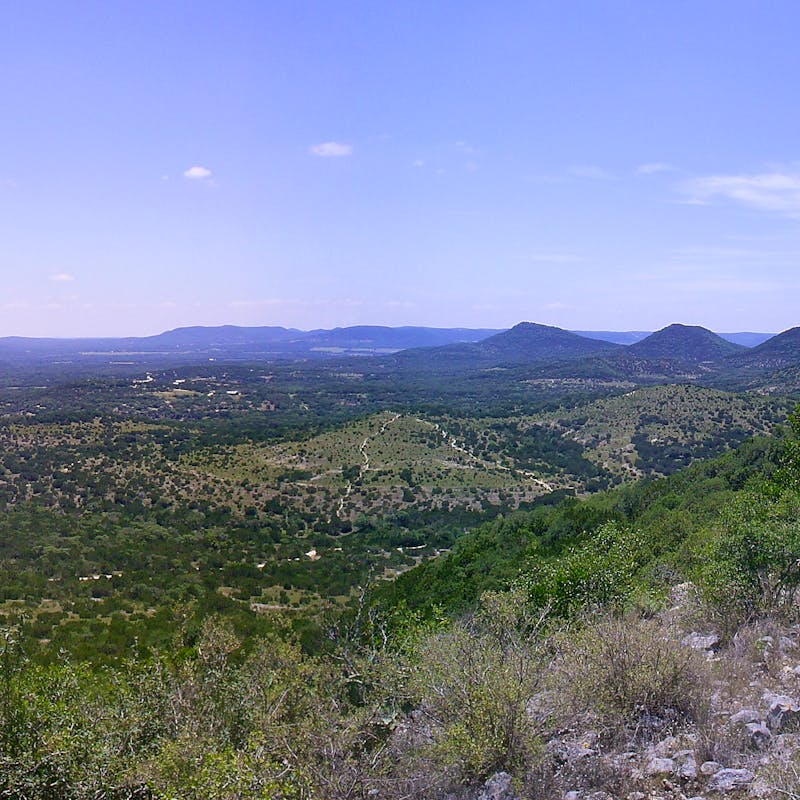Despite public opinion and science, the Biden administration continues to implement harmful Trump-era cuts to the Sea Turtle Science and Recovery Program (STSR) at Texas’ Padre Island National Seashore (PAIS), leaving endangered sea turtles even more vulnerable.
After conducting an internal review in 2020, the National Park Service, under the previous administration, cut the Sea Turtle Recovery and Protection Program’s budget by 30%. The STSR program promotes citizen science through its volunteer activities and collaborates with numerous organizations to protect nesting female sea turtles and their nests and ensure the hatchlings make it to sea each season. The decision to cut funding came just as a tropical storm hit the region, leaving tons of debris and damaging program buildings on the most important Kemp’s ridley nesting beaches in the U.S. program buildings.
“We urge the Department of Interior to continue to protect the sea turtles by fully funding the vital Sea Turtle Science and Recovery Program at PAIS,” said Paul Sanchez-Navarro, senior representative in Texas for Defenders of Wildlife. “We also request public feedback period of the 2020 review recommendations before any further implementation. Texas residents have depended on the incredible work carried out to protect endangered sea turtles and want it to continue for years to come. As threats to sea turtles continue, protection activities should be supported rather than cut back.”
Many of the recommendations included in the 2020 program review disregard the specific needs of a sea turtle protection, such as nest monitoring, incubation, and relocation practices on the Texas coast. For example, the review reduces rescue efforts to the sea turtles only within the park boundaries, which may increase mortality rates of any stranded sea turtles outside the park borders. Another recommendation limits the scope of work with endangered loggerhead and green sea turtles nesting on Texas beaches in the national seashore park thereby stopping STSR from offering full protection to all endangered sea turtles present.
In the fall of 2020, in response to the Department of Interior’s “Review of the Sea Turtle Science and Recovery Program, Padre Island National Seashore.” Defenders of Wildlife delivered a letter and petition to the former Secretary of the Interior, David Bernhardt, calling on him to continue to fully fund and strengthen the Padre Island National Seashore (PAIS) Sea Turtle Science and Recovery Program (STSR).
One recommendation cancels or drastically reduces moving nests to an incubation site and leaving most nests in situ, where the mother turtle lays them. While the method is preferred for sea turtle protection, it is impractical for Texas beaches, where the state law allows vehicular movement on beaches throughout the year, increasing the potential for sea turtles and nests to be run over at any moment. In addition, weekend beach patrols are limited, which leaves some nests unmonitored and increases nesting harassment by beachgoers on the weekends.
“For decades, the Sea Turtle Science and Recovery Division under the direction of Dr. Donna Shaver, has done extraordinary work to protect these species,” said Sanchez-Navarro. “Nightly patrols, nest management, public outreach and research made a powerful difference in advancing sea turtle recovery. Unfortunately, the changes are weakening the incredible advances the division made in sea turtle protection, science, and outreach. We had hoped that the misguided changes set out in the review would be re-evaluated and the program strengthened under the new administration.”
Five of the six federally listed endangered sea turtles are found along the Texas coast. Kemp’s ridley sea turtles, one of the most endangered sea turtle species in the world, nest on Padre Island’s beaches. Endangered green and loggerhead sea turtles also nest here.
For over 75 years, Defenders of Wildlife has remained dedicated to protecting all native animals and plants in their natural communities. With a nationwide network of nearly 2.1 million members and supporters, Defenders of Wildlife is a leading advocate for innovative solutions to safeguard our wildlife for generations to come. To learn more, please visit https://defenders.org/newsroom or follow us on X @Defenders.
Media Contact
News

Colorado Releases Wolverine Reintroduction Plan, Defenders Stands Ready to Support


